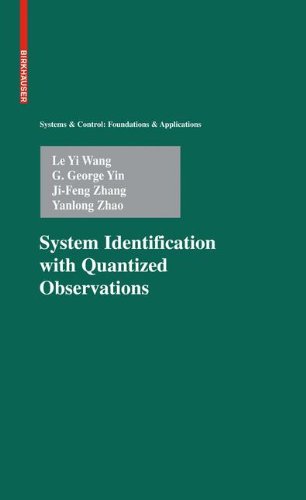

Most ebook files are in PDF format, so you can easily read them using various software such as Foxit Reader or directly on the Google Chrome browser.
Some ebook files are released by publishers in other formats such as .awz, .mobi, .epub, .fb2, etc. You may need to install specific software to read these formats on mobile/PC, such as Calibre.
Please read the tutorial at this link: https://ebookbell.com/faq
We offer FREE conversion to the popular formats you request; however, this may take some time. Therefore, right after payment, please email us, and we will try to provide the service as quickly as possible.
For some exceptional file formats or broken links (if any), please refrain from opening any disputes. Instead, email us first, and we will try to assist within a maximum of 6 hours.
EbookBell Team

5.0
70 reviewsThis book presents recently developed methodologies that utilize quantized information in system identification and explores their potential in extending control capabilities for systems with limited sensor information or networked systems. The results of these methodologies can be applied to signal processing and control design of communication and computer networks, sensor networks, mobile agents, coordinated data fusion, remote sensing, telemedicine, and other fields in which noise-corrupted quantized data need to be processed.
Providing a comprehensive coverage of quantized identification, the book treats linear and nonlinear systems, as well as time-invariant and time-varying systems. The authors examine independent and dependent noises, stochastic- and deterministic-bounded noises, and also noises with unknown distribution functions. The key methodologies combine empirical measures and information-theoretic approaches to derive identification algorithms, provide convergence and convergence speed, establish efficiency of estimation, and explore input design, threshold selection and adaptation, and complexity analysis.
System Identification with Quantized Observations is an excellent resource for graduate students, systems theorists, control engineers, applied mathematicians, as well as practitioners who use identification algorithms in their work. Selected material from the book may be used in graduate-level courses on system identification.